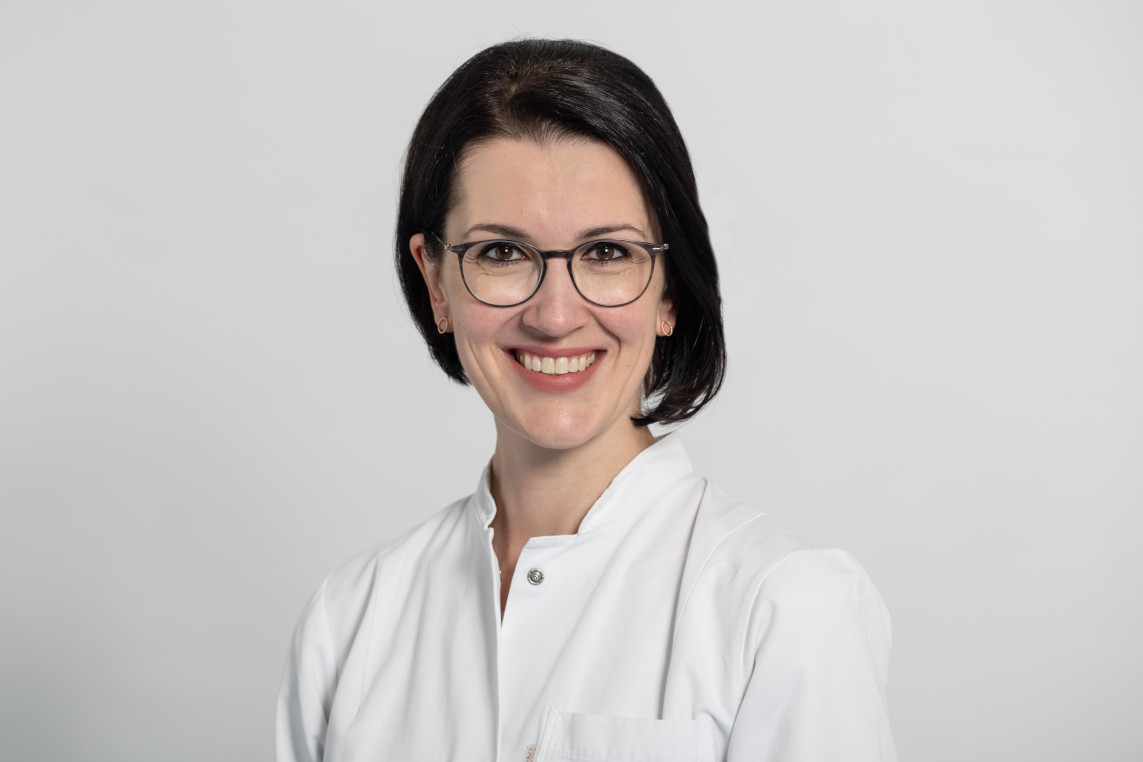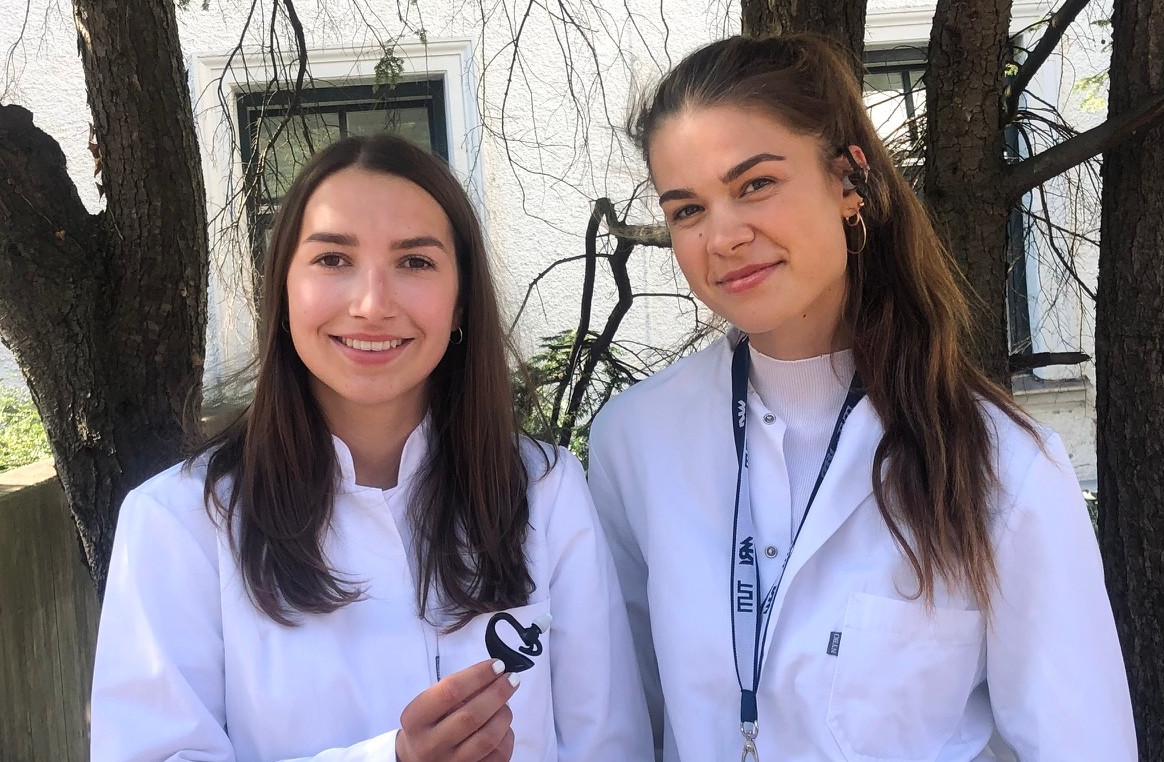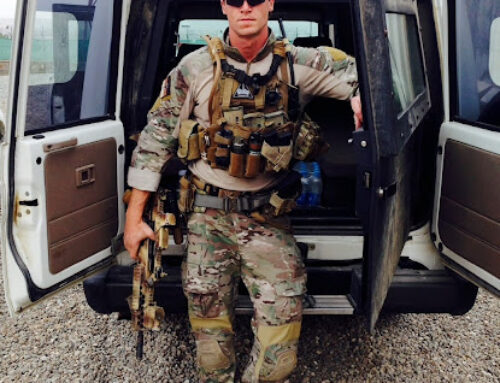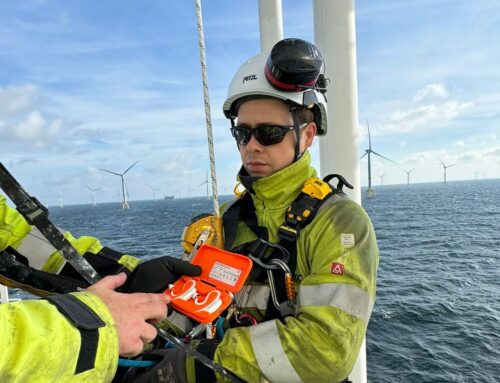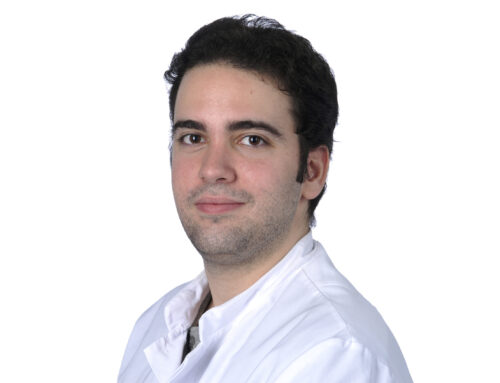Interview: Evaluation of the cosinuss° sensors within the scope of the study
The CO-SI-ONKO study has been running for almost a year and will continue until the end of September 2022. Results that can be published are not yet available. However, in an interview with the study team, cosinuss° was able to find out how the study has been going so far in terms of its feasibility and what the patients’ experiences with the in-ear sensors have been.
A conversation with Heike Jansen, Veronika Langhans, Jannina Schaller
Why did you decide to use the cosinuss° in-ear sensors for your study?
We became aware of the cosinuss° sensors through Dr. Eimo Martens, senior physician and head of cardiological device therapy at the Klinikum rechts der Isar in Munich. He has already successfully used the in-ear sensors in the Tele-COVID study to monitor Covid 19 patients. As a follow-up project, Dr. Martens applied with Tele-COVID 2 in parallel to us for funding within the framework of NAPKON (National Pandemic Cohort Network) by the German Federal Ministry of Education and Research (BMBF). We came into contact and received funding on a pro rata basis. In addition, a joint application with Dr. Martens and Prof. Dr. Georg Schmidt, head of the Biosignal Analysis Group at the Klinikum rechts der Isar, was approved by the Bavarian Ministry of Science, so that we were able to realize both studies.
What do you see as the biggest advantages of cosinuss° sensors compared to other monitoring systems?
We were particularly struck by the ease of use, which is particularly advantageous for older patients: simply connect the gateway, insert the sensor into the ear and off you go. No further installations are necessary. This reduces the risk of patients being overwhelmed, especially in comparison to some smartwatches, which have many other functions, or wearables that only work in combination with certain apps. This “plug and play” solution could be used equally well by younger and older female patients. Most of them were able to insert the sensor into the ear very well themselves after a single instruction.
In addition, it was advantageous for us that the patients also took the sensor and the gateway with them on vacation or to rehab, and the LTE stick also worked from there. We did not have to interrupt the study in these cases.
In addition to us, the patients also found it very appealing that the study was conducted with a local Munich company and not with a large corporation. This made cooperation much easier and we received fast support, for example, in the exchange of devices or in the implementation of updates.
How many cosinuss° sensors are you currently using?
We currently have 35 to 40 patients wearing the sensor. On average, there have been about 20 patients in the last few months. Since the beginning of the study, the number of patients has increased significantly.
How many patients have you measured vital signs on so far?
Our study goal was 100 patients, which we have currently achieved. The study will continue until the end of September this year.
What exactly does the technical setup look like? Where does the data flow that is recorded via the cosinuss° sensors?
We monitor the patients via the cosinuss° Health Platform and then the data is integrated into Mediconnect. This is a software for data integration at Klinikum rechts der Isar. There, the data from both cosinuss° and the app “Meine Busenfreundin” flow together.
Can you tell us more about this app?
The “Meine Busenfreundin” app was developed by Prof. Marion Kiechle, Director of the Clinic and Polyclinic for Gynecology (Klinikum rechts der Isar) in cooperation with AIM – Apps in Medicine GmbH. The goal was to provide breast cancer patients with expert information. It is a “companion app” freely available in the App Store and is intended to accompany patients through therapy and support them. A new feature of the app is the option to participate in studies. Here it is possible that patients no longer have to come to the clinic for every visit, but can simply fill out the questionnaires via the app and send them to the clinic. We tested and implemented this as part of our study.
In the app, patients fill out questionnaires at defined times. These questionnaires ask about side effects, the status quo, and general well-being during chemotherapy. This information is important for a broader overview of the patients’ state of health.
In addition to CO-SI-ONKO, we are currently launching a new Bavaria-wide study called PRISMA. This is funded by the Innovation Fund of the Federal Joint Committee and is being conducted at 30 breast centers. Here, the app will also be used to fill out study-specific questionnaires.
Do you check the measured vital signs continuously or only at certain intervals?
We have decided on a measurement cycle in which measurements are taken for six minutes every ten minutes. However, we do not actively monitor patients 24 hours a day, as they are not at home all day. Many are working, have children or are simply out and about. So we look at the data about twice a day. In addition, we talk to the patients on the phone once a week. If they report an acute infection, for example, if they have a fever or other symptoms of illness, we monitor the patient more closely. Usually not all patients wear the sensor at the same time because they have different daily routines. We usually see the data from five to ten patients simultaneously in the cosinuss° dashboard. Some patients wear the sensor for only 30 minutes a day, others for twelve hours, and some for the whole night. As a rule, however, the sensors are worn less at night.
Can you tell us situations in which continuous measurement of vital signs has proven to be very helpful?
The main aim of our study is to test biosignal data monitoring in combination with patient-reported outcome monitoring in a high-risk population to determine whether it is possible to ensure patient safety and increase patient satisfaction. In two cases, fever was detected via the in-ear sensor even before the patients themselves were aware of it. In one patient it was a vaccination side effect and in the other a reaction to chemotherapy. In addition, to date we have had twelve patients who have developed corona throughout the measurement period. However, this was mostly detected by rapid tests themselves. In these cases, we were able to follow the course of the disease well, even when the patients were on the road to recovery and the symptoms had subsided. In addition, we had two patients with known prior lung disease. Here we were able to monitor the patients closely and inform them when the values fell into a critical range. Two other patients had pneumonia during the course of the study, which was treated in the hospital. We were able to offer these patients further monitoring after discharge through the use of the ear sensor.
Overall, we can say that we were able to provide additional reassurance to the patients through telemonitoring. They felt safer and more comfortable in their daily lives thanks to the in-ear sensors and the knowledge that we were regularly monitoring their vital signs.
Would you also use the cosinuss° sensors for other questions and studies?
Of course, we have to wait for the evaluation of the study results before we can draw a final conclusion. However, in the exchange with the patients we have already got a pretty good feeling for the fact that the safety of the patients can be increased by continuous monitoring of the vital parameters.
Beyond our field of expertise, it would be conceivable to use it in any kind of risk population, i.e. in patients with other cancers, under immunosuppression, with chronic diseases and especially with additional pre-existing diseases. We also see great potential in the further development of biosignal data monitoring to enable patients themselves to keep track of their data and to make the monitoring system mobile so that it can be taken anywhere.
Study team:
Dr. med. Heike Jansen (Leitung)
Dr. med. Anna Eichhorn (Prüfärztin)
Jannina Schaller (Wissenschaftliche Mitarbeiterin)
Veronika Langhans (Wissenschaftliche Mitarbeiterin)
[no_toc]

